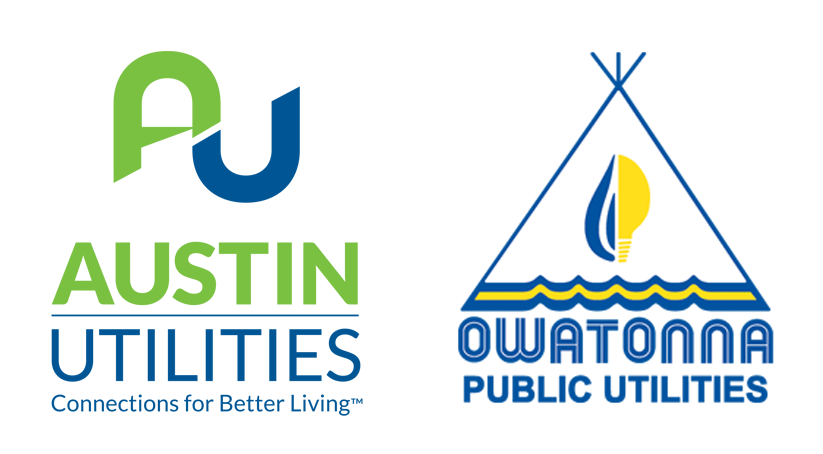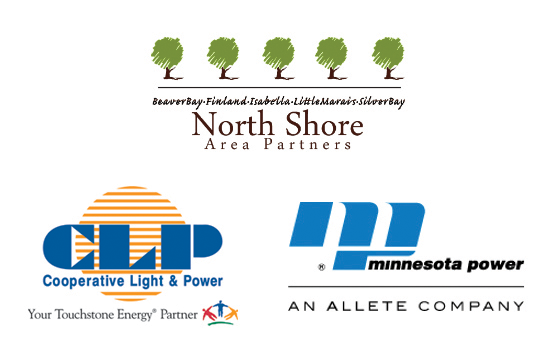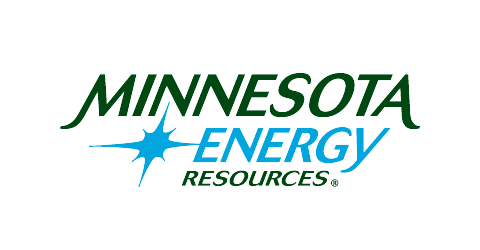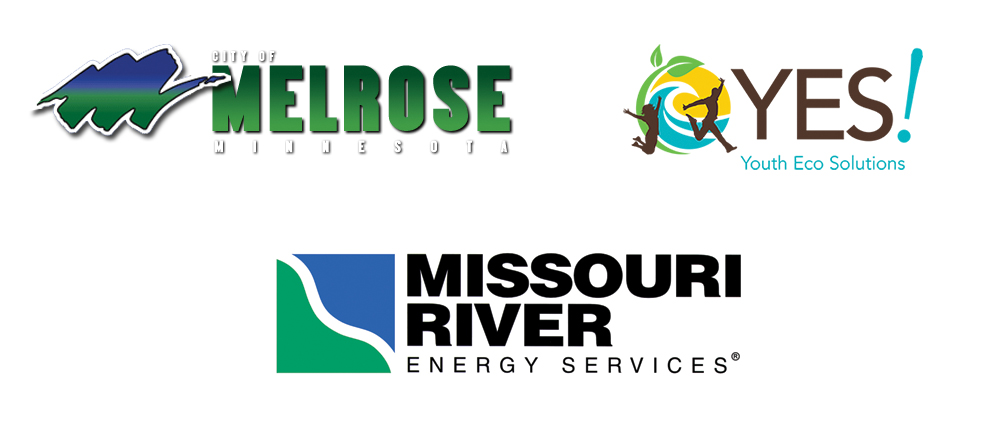What are Advanced Power Strips? Advanced Power Strips (APS) are power strips that contain numerous controlled sockets. Utilities can claim energy savings toward the state energy saving goal of 1.5% each year with Tier 2 Advanced Power Strips only. Tier 2 power strips use infrared (IR) sensing and Root Mean Squared (RMS) power sensing to detect energy consumption from connected devices in all sockets. Using Tier 2 power strips with personal computers (desktop or laptop) involves installing software on the computer that works in conjunction with the APS. The APS monitors multiple parameters including energy consumption of the computer and peripherals (e.g., speakers, printers, or desk lamps) to determine when the user is not actively using the computer. When no activity is detected, a timer is started. If no activity is detected before the timer reaches zero, the user may be warned that computer is about to go into standby mode. If no response is detected, the software puts the computer into standby mode, and the APS de-energizes the controlled sockets, shutting down peripherals.
Note: Tier 1 power strips only monitor a device in one of the sockets (master) and turn off other peripheral devices plugged into the other sockets (controlled) accordingly. If the device that is plugged into the master socket is turned off, the power strip removes power to the devices plugged into the controlled sockets. Tier 1 power strips only use current sensing. Utilities will not be able to claim savings from Tier 1 Advanced Power Strips.
Why use Advanced Power Strips? Advanced Power Strips help manage an energy waste called "Vampire Energy" or "Phantom Loads." A phantom load is any device that uses electricity when turned off but still plugged in. This is when energy is being used but not being useful. This is when energy is being used and you may not even know or realize it is being used. This is when energy is wasted.
U.S. Department of Energy's Article: Choose the Right Advanced Power Strip for You
Short summary article about what they are and where to use them.
Infographic to guide someone through selecting the right type of Advanced Power Strip [PDF]
Contains a decision-tree to suggest which of 5 Advanced Power Strips are good for the using with home entertainment systems and home computers. Your fundraiser will likely include only one kind of power strip. You can point out which type of strip it is on this infographic so that your customers understand its best use and raise awareness about other types of power strips to meet their other needs.
U.S. Department of Energy's Article on Energy Vampires
Four simple strategies to slay energy vampires.
Vampire Energy Video
A 3-minute video with examples of energy vampires and how using Advanced Power Strips (smart power strips) and buying Energy Star equipment is a solution to these pesky vampires.
Take Control and Save - Phantom Loads Handout [PDF]
A 2-page informational handout about vampire energy, also called phantom loads.
Take Control and Save - Phantom Load Calculator
A website with an interactive calculator for users to add up all the money and energy wasted in their home.
Energy Vampire Hunt [PDF]
An activity with a worksheet to identify and tally-up all the vampires in a home.
Using a Watt Meter to Measure Phantom Loads
For groups that can obtain a watt meter (check with your local library), an educational activity for your group or for demonstrations at events might be to measure the energy wasted by electronics plugged-in but off or not in use by using a watt meter.
Home Remedy: At-Home Guide and Conservation Manual for Energy and Water Savings
Here's another good resource for educating about and beyond smart powerstrips. A Southwest CERTs Seed Grant recipient created the Conservation Manual which helps you instruct others on energy and water saving activities. The at-home guide can be given to participants.





